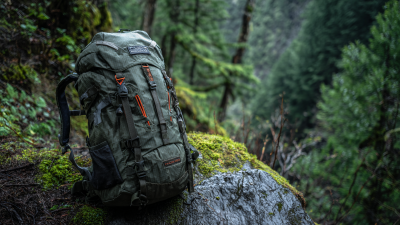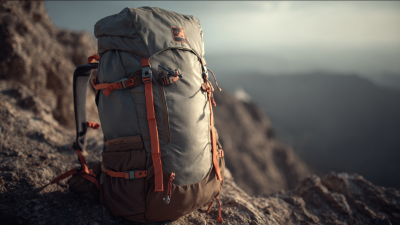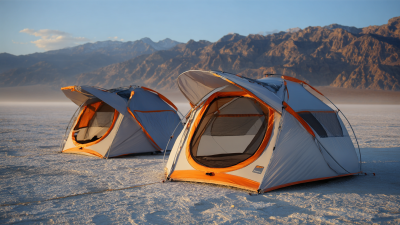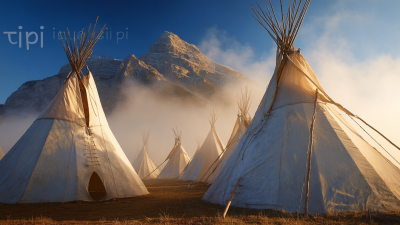Leave Your Message
- E-mail
- Whatsapp
As outdoor activities continue to rise in popularity, the importance of choosing the right gear cannot be overstated, particularly when it comes to sleeping comfort. A recent report from the Outdoor Industry Association reveals that 69% of outdoor enthusiasts prioritize a good night's sleep in the wilderness, underscoring the critical role of good sleeping bags in enhancing overall outdoor experiences. Quality sleeping bags not only provide warmth and protection from the elements but also contribute significantly to recovery and performance on subsequent days of adventure. With factors such as insulation type, weight, and packability influencing decisions, understanding how to select the best sleeping bags becomes paramount. This guide unlocks the secrets to making informed choices that cater to varying conditions and personal preferences, ensuring that both novice campers and seasoned adventurers can enjoy restful nights under the stars.
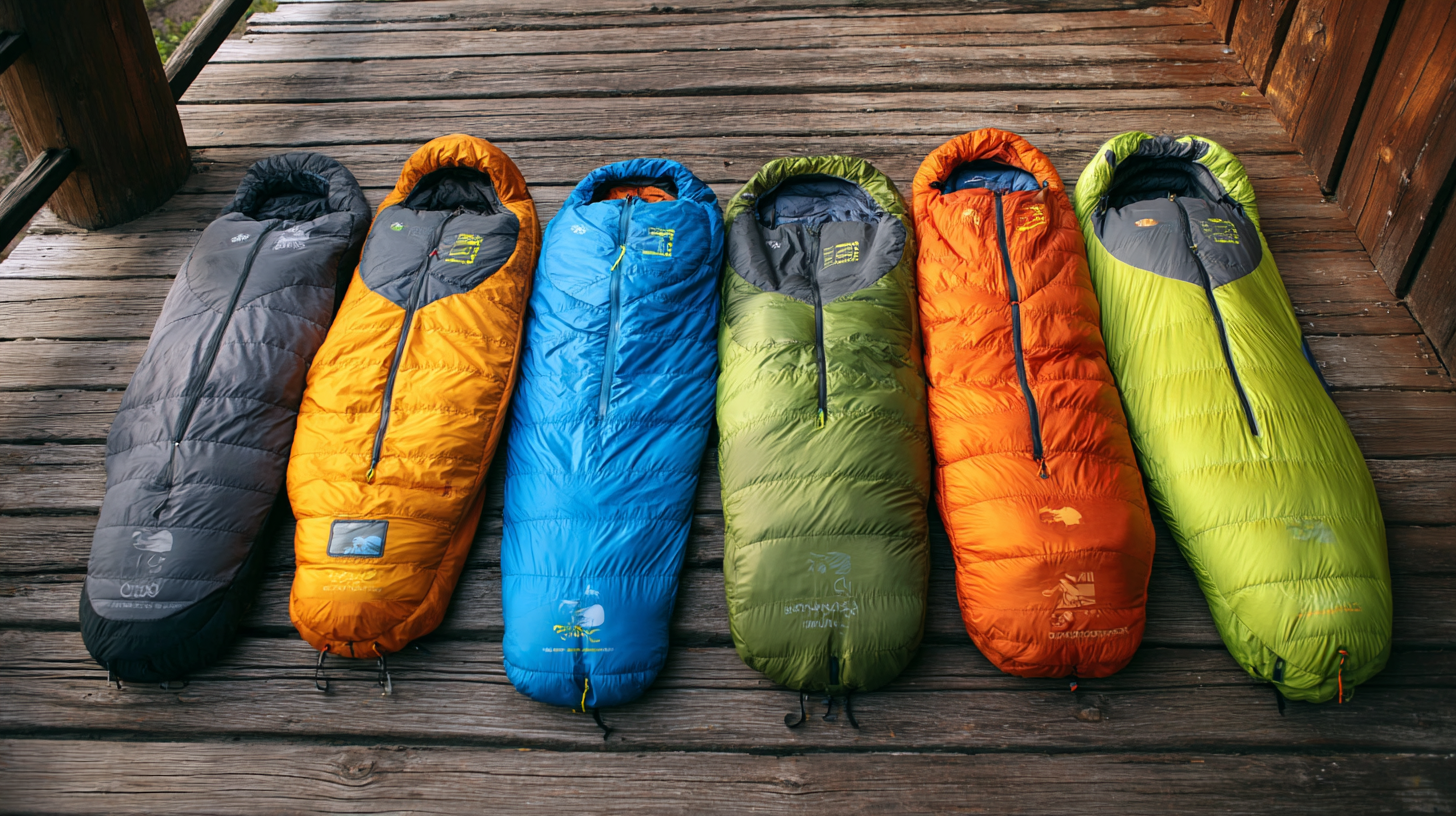
When selecting a sleeping bag for extreme weather conditions, it's crucial to focus on several key features that can significantly enhance your comfort and safety. First and foremost, insulation type plays a vital role. According to a report by the Outdoor Industry Association, down insulation offers superior temperature regulation and compressibility, making it a popular choice among avid backpackers. However, synthetic materials are also advantageous for wet conditions due to their water-resistant properties and affordability, making them ideal for unpredictable weather.
Another essential feature is the temperature rating, which indicates the lowest temperature at which the sleeping bag can maintain warmth. The global market for outdoor sleeping bags has shown a consistent trend towards colder-rated bags as more adventurers seek year-round outdoor experiences. Furthermore, a well-designed mummy shape can reduce the volume of trapped air, leading to improved insulation and heat retention. Lastly, consider the bag's weight and packability; a lightweight design maximizes your carrying capacity, crucial for long-distance treks. Investing in a high-quality sleeping bag tailored to extreme weather can make all the difference in enjoying your outdoor adventures.
When selecting a sleeping bag for your outdoor adventures, understanding the various types and shapes available is crucial. There are generally seven types of sleeping bags, each designed to cater to different climates, activities, and personal preferences. For instance, rectangular sleeping bags offer ample space and comfort, making them ideal for car camping. In contrast, mummy-shaped bags are designed for lightweight backpacking, providing a snug fit that helps trap body heat.
Additionally, the choice of sleeping bag shape can significantly impact your overall sleeping experience. A semi-rectangular bag combines the roominess of a rectangular design with some thermal efficiency of a mummy shape, which is perfect for those who want a balance between comfort and warmth. Moreover, technical bags often feature innovative designs and materials, accommodating specialized needs such as extreme temperatures or moisture resistance. Understanding these shapes and their associated benefits will help you make an informed decision, ensuring that your next adventure is both comfortable and enjoyable.
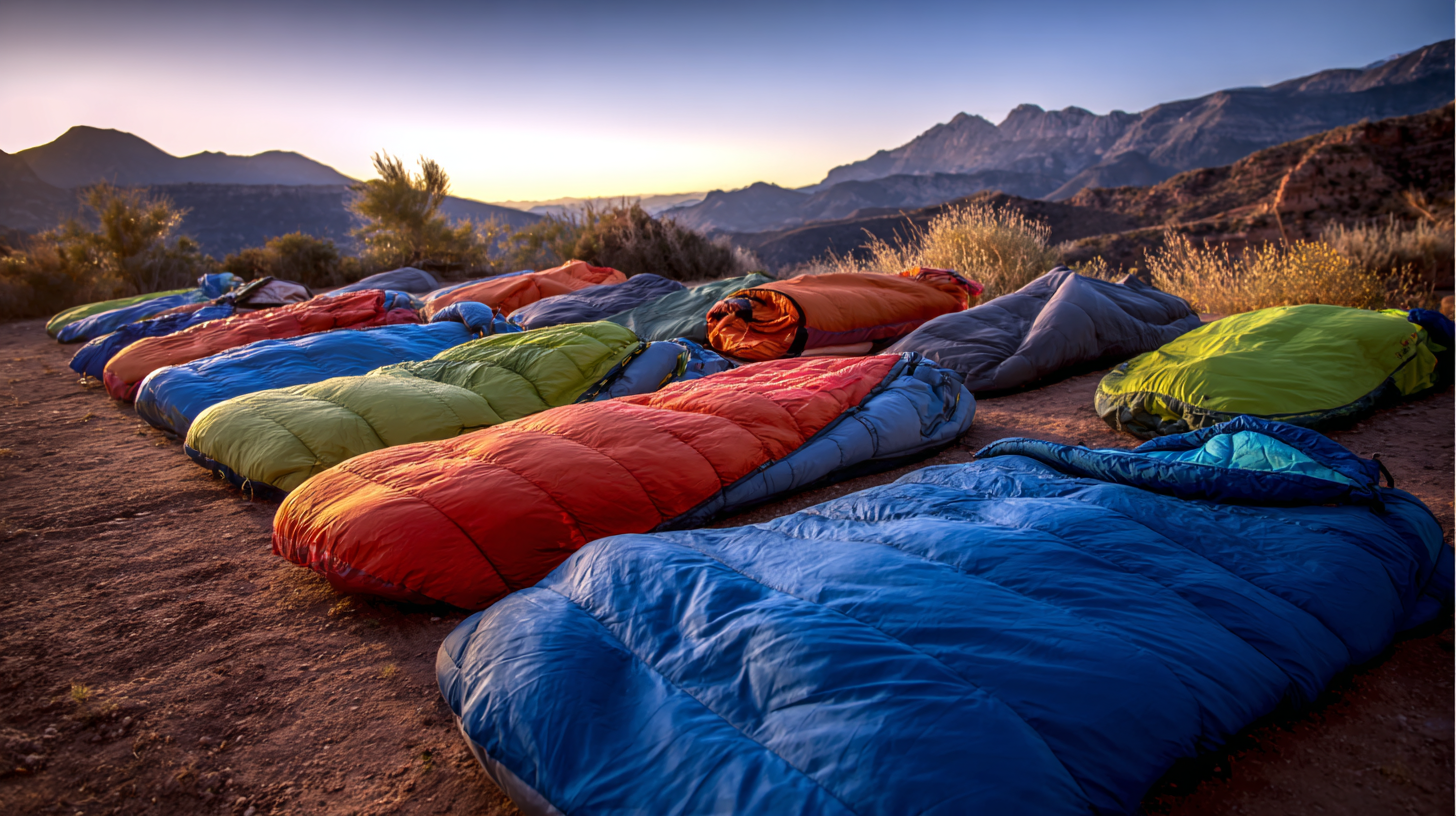 When selecting the best sleeping bag for your outdoor adventures, understanding temperature ratings is crucial. Sleeping bags are typically rated for three temperature scenarios: summer, three-season, and winter.
When selecting the best sleeping bag for your outdoor adventures, understanding temperature ratings is crucial. Sleeping bags are typically rated for three temperature scenarios: summer, three-season, and winter.
Summer bags are designed to keep you comfortable in mild conditions, usually above 35°F (1.6°C). They are lightweight and feature materials that promote breathability to regulate body temperature during warmer nights. On the other hand, three-season bags are versatile, often rated between 10°F to 35°F (-12°C to 1.6°C), making them suitable for spring and fall camping trips when temperatures can fluctuate significantly.
For colder climates, a winter sleeping bag is essential. These bags are designed to perform effectively in temperatures below 10°F (-12°C) and often incorporate extra insulation and features such as draft collars and hood adjustments to retain warmth. It’s important to pay attention to the “lower limit” rating, which indicates the minimum temperature at which the bag will keep a typical user warm.
When choosing a sleeping bag, consider the climate of your destination and your own personal preferences for warmth and comfort to ensure a restful night’s sleep under the stars.
When choosing the best sleeping bag for your outdoor adventures, understanding the core insulation materials can greatly impact your performance and comfort. The two most popular materials are down and synthetic insulation. According to industry reports, down insulation offers an unparalleled warmth-to-weight ratio, often providing 3 to 4 times more insulation than synthetic alternatives for the same weight. Moreover, high-quality down sleeping bags can retain warmth even in damp conditions, making them an ideal choice for cold, dry climates.
On the other hand, synthetic insulation, such as polyester, has improved significantly in recent years. These materials are often more affordable and perform better in wet conditions, maintaining warmth even when damp. A study published by Outdoor Industry Research shows that synthetic sleeping bags have become increasingly popular among campers who prioritize versatility in varying weather conditions. Ultimately, the choice between down and synthetic insulation will depend on the specific needs of your adventure, the expected weather conditions, and personal comfort preferences. Understanding these key insulation materials is crucial in making an informed decision that will enhance your outdoor experience.
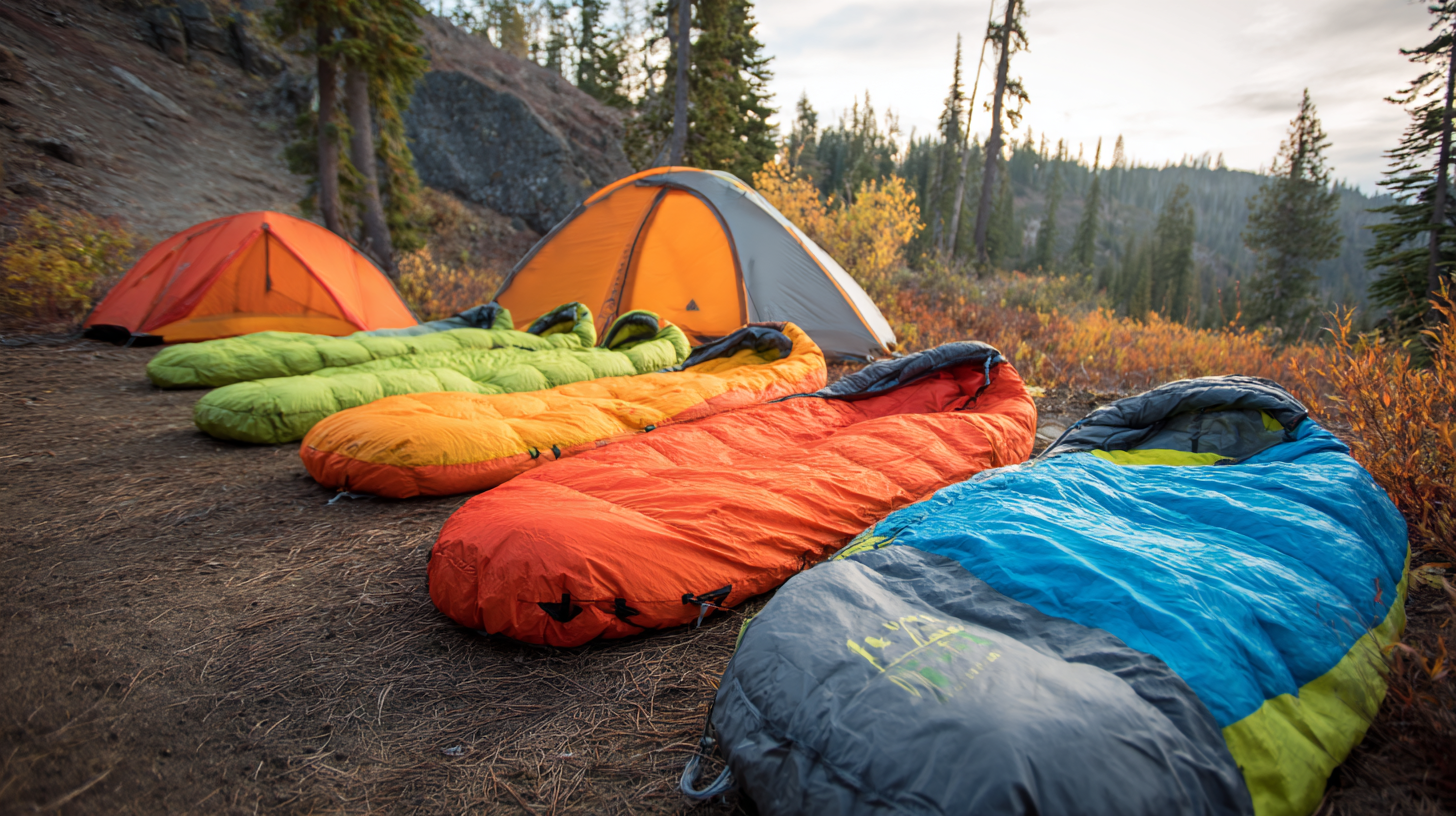
When embarking on outdoor adventures, selecting the right sleeping bag can significantly affect your overall experience. However, many outdoor enthusiasts fall prey to common mistakes that can lead to discomfort and regret. One of the most prevalent errors is overlooking temperature ratings. According to the Outdoor Industry Association, a significant percentage of campers report feeling cold during the night due to improper bag ratings. It's crucial to choose a sleeping bag that matches the lowest temperature you might encounter, ensuring a restful night's sleep.
Another common mistake is neglecting the importance of weight and packability. A study by the American Hiking Society indicates that 60% of hikers prefer lightweight gear to enhance their mobility and enjoyment on the trail. Heavy sleeping bags can lead to unnecessary fatigue, so opting for down insulation offers an excellent balance of warmth and weight. Additionally, many individuals forget to assess the bag's fit. A snug fit retains body heat better than a loose one, promoting comfort throughout the night. Being mindful of these aspects will lead to a much more enjoyable outdoor experience.

